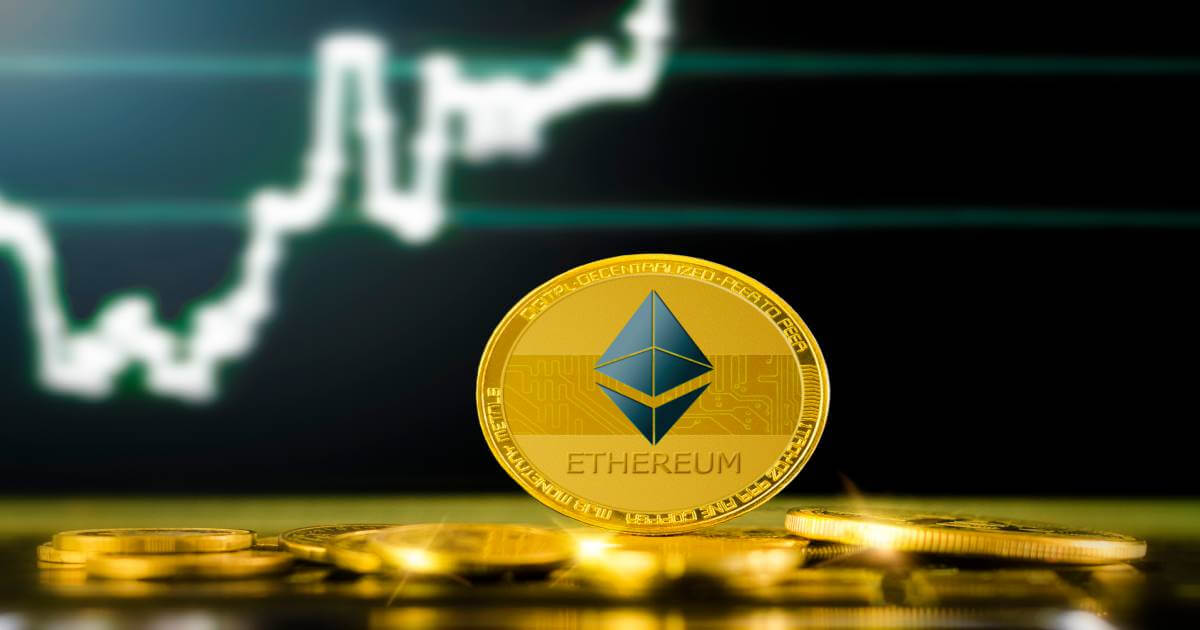Ethereum's Layer 2s Break New Ground in Scalability
Zach Anderson Oct 02, 2023 12:20
Ethereum has seen a 22% rise in value as of September 2023, largely attributed to the emergence of Layer 2 solutions like BASE by Coinbase, which enhance scalability and user affordability on the network. Leading Layer 2 blockchains, Optimism and Arbitrum, have surpassed major Layer 1 blockchains in Total Value Locked, indicating a growing trust and utilization in the Ethereum ecosystem. Despite centralization concerns, the progressive strides in Layer 2 solutions are poised to bolster Ethereum's standing as a dominant smart contract blockchain.

Ethereum has marked a commendable 22% upsurge in its value as of September 2023, surpassing many substantial smart contract blockchains, according to Will Ogden Moore's article on Grayscale blog. The escalation is significantly credited to the advent of Layer 2 solutions (L2s) which have been instrumental in bolstering Ethereum's scalability, rendering the network 100 times more cost-effective for its users. The endorsement of this paradigm came with the launch of BASE, a Layer 2 blockchain on Ethereum by Coinbase in August 2023. This development not only accentuates the growing credence in the Ethereum ecosystem but also extends the dissemination of decentralized applications to over 100 million Coinbase users. Concurrently, leading Layer 2 blockchains on Ethereum, namely Optimism and Arbitrum, have overstepped large Layer 1 blockchains like Solana in Total Value Locked (TVL), inching Ethereum closer to becoming the predominant Layer 1 blockchain if this trajectory persists.
The essence of Layer 2s emanates from the burgeoning need to augment Ethereum's scalability. The analogy of a congested highway necessitating express lanes mirrors Ethereum's scenario that propelled the genesis of Layer 2s. As transaction volumes swell, the network grapples with the scarcity of block space and surging gas fees, which peaked at an average of $196 per transaction by May 2022. This surge not only impinged on the user experience due to high costs and time inefficiency but also positioned Ethereum (~14 transactions per second) far behind competitors like Solana, capable of handling up to eight thousand transactions per second.
Layer 2 solutions ameliorate Ethereum's inherent issues by processing transactions from decentralized applications, batching them, and transmitting a condensed version back to the main network for settlement. This mechanism drastically trims fees, up to 100x less than on the main chain, enhancing the usability and transaction capacity of the Ethereum ecosystem while buttressing its network security. Additionally, the incremental activity on Layer 2s reciprocates value to Ethereum with every transaction fee shared between the L2 and Ethereum network, alongside a minuscule burn of the total ETH supply, enriching the ETH value.
August witnessed a pivotal development with Coinbase launching its Layer 2 scaling solution, BASE, on Ethereum, extending the reach of dApps built on BASE Layer 2 to over 110 million users in the Coinbase ecosystem. BASE's launch has already shown a notable upturn, surpassing Ethereum and other Layer 2 competitors in daily transactions within a month, and further propelled by the viral growth of decentralized application friend.tech. While presently centralized, BASE has expressed a progressive decentralization roadmap, aligning with the broader vision of Ethereum's Layer 2 scalability agenda.
The previous months have seen a consistent rise in the usage of Layer 2 scaling solutions, with the aggregate daily active addresses on Layer 2 outpacing leading Layer 1s. The TVL metric also reflects a burgeoning trust in Layer 2s like Arbitrum and Optimism, which have surpassed Ethereum’s Layer 1 competitors Solana and Avalanche. The launch of the ARB token in March 2023 further entrenched Arbitrum as a leading Layer 2, boasting a TVL of $1.69 billion, only behind Tron and Ethereum.
While Layer 2s are pioneering in scaling Ethereum, they are at nascent stages of decentralization, posing certain risks. The predominant model involves a single entity running a "sequencer" for processing and batching transactions on Layer 2s, which could potentially lead to adverse outcomes such as outage risks. However, the progressive decentralization plans shared by most Layer 2s aim to mitigate such risks over time.
Despite the general consensus of a crypto market downturn since 2022, Ethereum's ecosystem is burgeoning, courtesy of the Layer 2 solutions. The Layer 2 paradigm not only validates Ethereum's model but also propels value to ETH, attracting more users and developers. With BASE, Coinbase is potentially paving the path towards mainstream adoption of Ethereum-based decentralized applications. The collective advancements in Layer 2s, despite the inherent centralization risks, are deemed to foster competition and innovation, positioning Ethereum to further cement its dominance in the smart contract blockchain realm.
Image source: Shutterstock.jpg)

